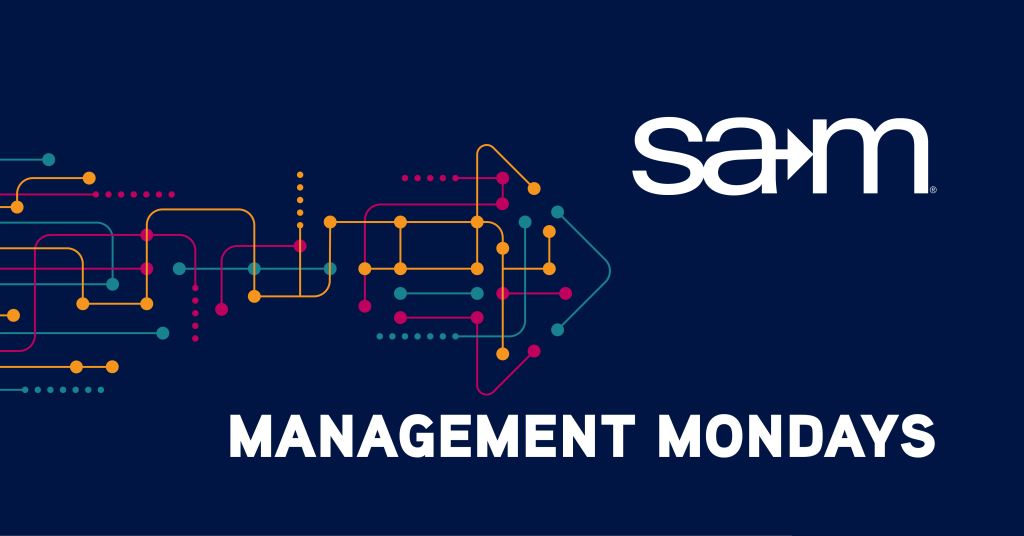
People often focus on what to say when preparing to speak, but they overlook how much of their message is conveyed without words. Communication is not just verbal. It is physical, emotional, and visual. The way you stand, move, look, and gesture sends signals long before you ever begin to talk. In fact, much of what people remember from a conversation or presentation has less to do with the words and more to do with the delivery. That is why mastering your nonverbal communication is not optional. It is essential. If you want people to listen, believe, and remember what you say, then you must learn to use your body, voice, and energy as tools for influence.
This does not mean becoming a performer or acting in a way that feels unnatural. It means becoming aware of how your presence affects the people around you. The most influential communicators are not necessarily the loudest or the most animated. They are the ones who know how to align their physical presence with their message. When your body language matches your intent, people believe you. When it conflicts, they begin to doubt, even if your words are technically right. Influence starts with alignment, and that alignment is often unspoken.
The Way You Move Shapes the Way You’re Perceived
Posture is one of the most immediate and powerful signals you send in any interaction. A tall, open posture communicates confidence and readiness. A slouched or closed posture can suggest disinterest, fatigue, or discomfort. These cues are picked up instantly, often before you say a word. Standing or sitting with intention can ground your presence and give your words more authority. Movement also plays a role. Pacing with purpose or using hand gestures to emphasize a point can keep your audience visually engaged and help you reinforce meaning.
Stillness, when used thoughtfully, can be just as effective. When you pause your body and hold eye contact, you create tension and focus. That moment becomes a spotlight for whatever comes next. But if you fidget, sway, or avoid eye contact, your message becomes harder to trust. People will remember how they felt around you more than they remember your exact words. That feeling is shaped by the way you move, the way you hold yourself, and the confidence you convey through your posture. Mastering your physical delivery builds the trust that gives your message staying power.
Your Voice Carries More Than Just Words
Vocal tone, pace, and volume are just as important as the words you choose. A flat tone can make even the most exciting idea feel dull. A rushed pace can signal anxiety or lack of preparation. Conversely, a steady, warm tone invites trust, and a measured pace allows people to absorb what you are saying. Your voice tells people how much you care about your message, even if you never say that explicitly. It also influences whether they will care about it too. This kind of vocal awareness is not about speaking perfectly. It is about speaking purposefully.
One of the most underused tools in vocal delivery is the pause. A well-placed pause gives people time to process what you have said. It also signals confidence, because only someone in control of the room allows silence to sit. Pauses create space, and space creates impact. Whether you are in a small meeting or a large presentation, your ability to control your voice shapes how your message lands. Practice adjusting your tone to fit your message, slowing down when you want something to stick, and pausing when you want the room to lean in. These subtle shifts can make the difference between being heard and being remembered.
Energy Is the Invisible Thread That Ties Everything Together
Energy is often the most overlooked part of delivery, yet it may be the most important. Energy is not just about enthusiasm or volume. It is the emotional force you bring into the room. People can feel when you are present and when you are not. They can sense when you care and when you are simply getting through the agenda. That emotional tone sets the stage for how your message will be received. If your energy is flat, your audience’s attention will follow. But if your energy is focused and intentional, it will lift the room and carry your message further.
Managing your energy begins with awareness. Notice what shifts your focus, what drains your presence, and what centers you. Learn to prepare not only your content but also your mindset. Walk into the room ready to give attention, not just receive it. When your energy says, “This matters,” people believe it. When your presence says, “You matter,” people listen more closely. These unspoken signals can do more to drive engagement than any polished phrase or clever visual. Energy is what turns preparation into presence and presence into influence.
Final Thoughts
Words alone are not enough to lead, inspire, or persuade. If you want to communicate with lasting impact, you must learn to shape how you show up. That includes how you move, how you sound, and how your energy fills the space around you. When your delivery aligns with your message, you gain trust. When it feels off, even the best ideas fall flat. Mastering nonverbal communication is not about performance. It is about being fully present and fully aligned with your purpose.
The most powerful communicators use more than language. They use presence. They speak with their eyes, their hands, and their posture. They convey belief in their message through their tone, rhythm, and silence. If you want your message to stick, pay attention to the things you are not saying. Because in every conversation, influence often begins with what people feel long before they decide what they think.
Whether you’re working across the hall or across time zones, your ability to communicate effectively within a team shapes your success. Our Communicating Collaboratively course gives you practical strategies for leading conversations, managing virtual dynamics, and getting real results in group settings. Learn how to contribute meaningfully, facilitate productive meetings, and navigate the challenges of remote collaboration with confidence.
Register today for Communicating Collaboratively and start building the communication skills that every high-performing team member needs. SAM members receive a 20% discount, join today and take advantage of this and many other membership benefits!

Written By,
Patrick Endicott
Patrick is the Executive Director of the Society for Advancement of Management, is driven by a deep commitment to innovation and sustainable business practices. With a rich background spanning over a decade in management, publications, and association leadership, Patrick has achieved notable success in launching and overseeing multiple organizations, earning acclaim for his forward-thinking guidance. Beyond his role in shaping the future of management, Patrick indulges his passion for theme parks and all things Star Wars in his downtime.
